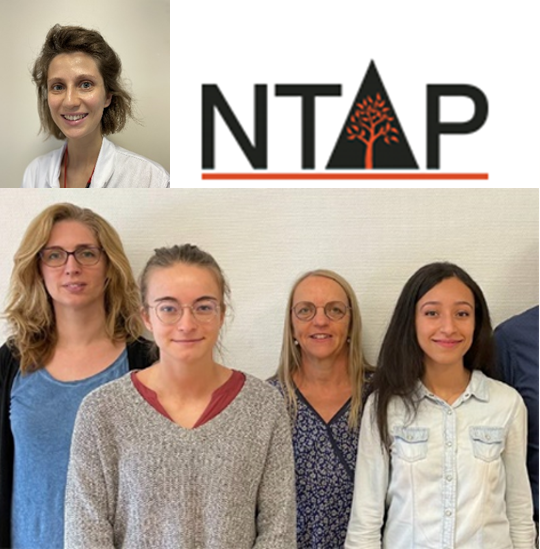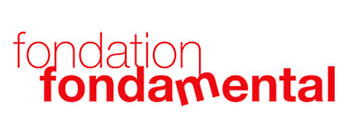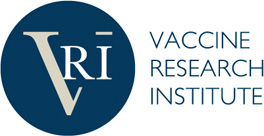Congratulations to Laura Fertitta from the Mondor Neurofibromatosis Reference Center, Pierre Wolkenstein, CRN Mondor and IMRB-Gaulard team, and Piotr Topilko, IMRB-Gaulard team, who have just successfully applied to the prestigious Francis S. Collins Scholarship program at John Hopkins University!
 Cutaneous neurofibromas (NFcut) are the most frequent complication of patients with Neurofibromatosis type 1 (NF1). Although benign, they are responsible for disfigurement, pruritus and suffering that is difficult to control and which can affect the quality of life of patients. Their removal (surgical excision, electrodissection, destruction with CO2 laser) is the only therapeutic option to date, but it is not always feasible (high number and continuous growth) and often leads to very visible scars.
Cutaneous neurofibromas (NFcut) are the most frequent complication of patients with Neurofibromatosis type 1 (NF1). Although benign, they are responsible for disfigurement, pruritus and suffering that is difficult to control and which can affect the quality of life of patients. Their removal (surgical excision, electrodissection, destruction with CO2 laser) is the only therapeutic option to date, but it is not always feasible (high number and continuous growth) and often leads to very visible scars.
Today, there is an urgent need to find drugs to reduce or prevent NFcut.
An NF1 mouse model has been designed in the laboratory of Prof. Piotr Topilko. It faithfully recapitulates the human disease including the development of NFcut and allows substantial progress in the deciphering of their physiopathological mechanisms. It is used to test drugs aimed at preventing and reversing NFcut.
In this context, Dr. Laura Fertitta, dermatologist, accompanied by her mentors, Professors Piotr Topilko and Pierre Wolkenstein, has successfully applied for the prestigious Francis S. Collins Scholarship program (http://www.n-tap.org/apply-for-funding/francis-s-collins-scholars-program-in-neurofibromatosis-clinical-and-translational-research/), financed by the Neurofibromatosis Therapeutic Acceleration Program (NTAP) of the John Hopkins University. This program will allow, over the next 3 years, to carry out a translational research project with the following objectives:
1/ To design a standardized and optimized procedure to evaluate the efficacy of new drugs or drug combinations targeting NFcut using the mouse model that recapitulates their development ;
2/ Use this animal model to evaluate the efficacy of different drugs targeting different components of the RAS pathway. The drugs tested target mechanisms inherent to tumor cells (RAS pathway inhibitors) or their microenvironment.
We are convinced that this work is an essential step towards the treatment of NFcut in NF1 patients.

